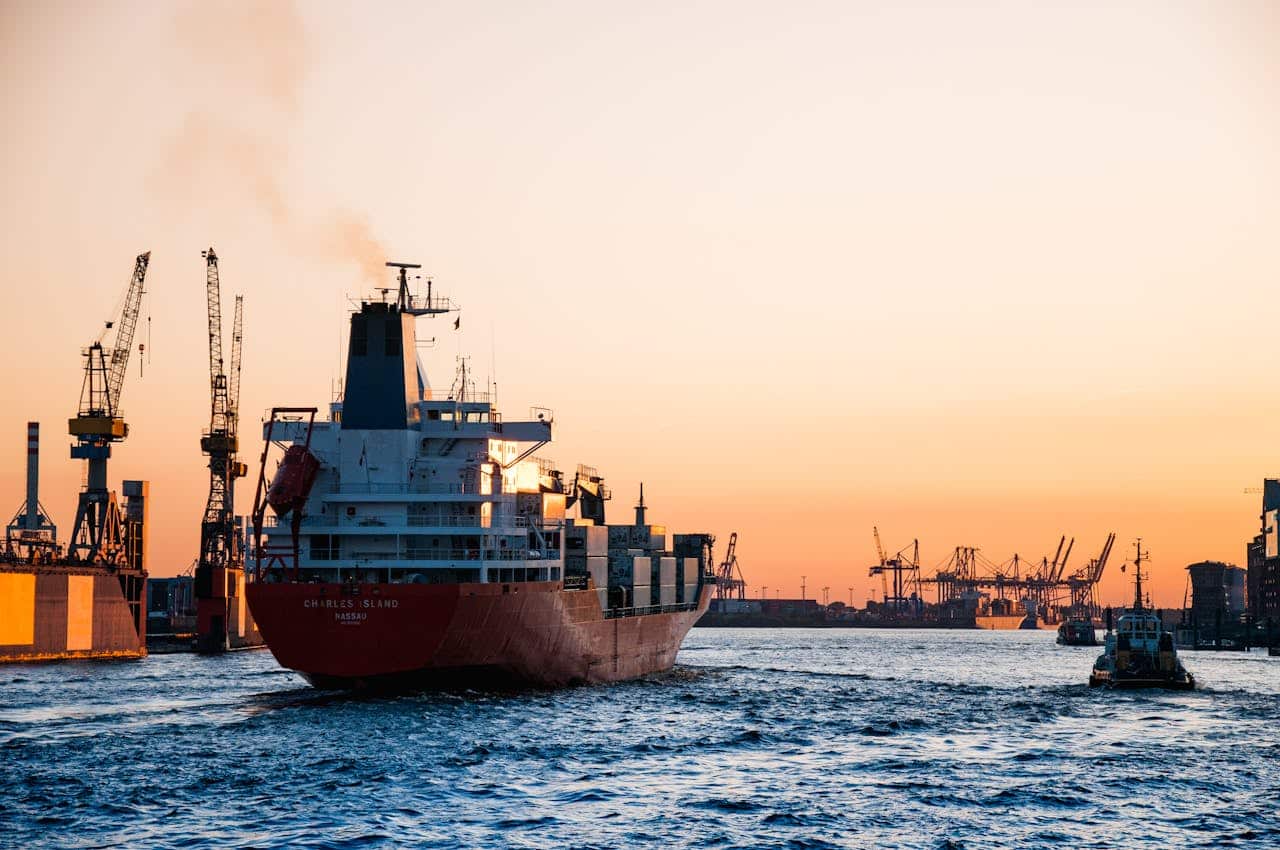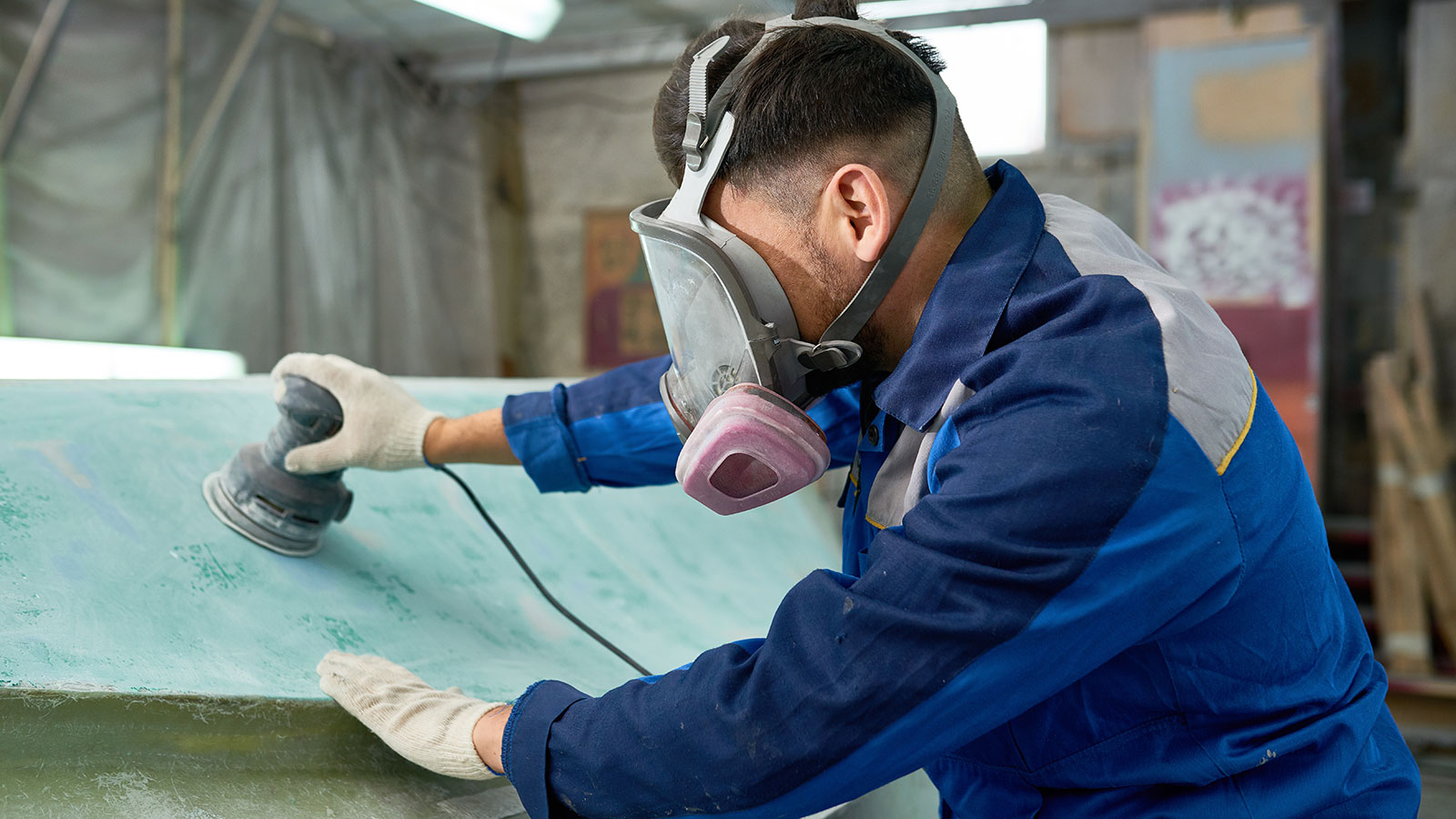When it comes to protecting your boat’s finish, two premium solutions often top the list: Paint Protection Film (PPF) and Ceramic Coating. Both offer advanced defense against the elements, yet each serves distinct purposes. So, which one should you choose?
In this guide, we compare PPF vs ceramic coating for boats in terms of performance, cost, durability, maintenance, and aesthetics—so you can make an informed decision tailored to your vessel and lifestyle.
Material Composition and Design
Marine PPF is a transparent, flexible film designed to resist minor scratches, chips, and scuffs. It also has great UV protection against fading and oxidation of your gelcoat / paint.
It features a self-healing top layer that can recover from minor abrasions using heat from sunlight or a heat gun. This makes it especially effective in high-traffic / high-wear zones of your boat.
Use in Automotive vs Marine Applications
While automotive PPF shields vehicles from road debris and rock chips, marine-grade PPF is formulated to resist saltwater corrosion, UV degradation, algae staining, and minor dockside impacts, fender wear and more!. It’s also generally thicker and more durable than its automotive counterpart, standing up to the rigors of the marine environment.
Performance Comparison
Scratch Resistance
PPF wins in terms of scratch protection. Its thickness allows it to absorb small impacts from fenders, ropes, and equipment. Ceramic coating, while highly resistant to chemical damage, won’t prevent physical scratches.
UV and Saltwater Protection
Both offer excellent UV defense. However, PPF can yellow over time if not properly maintained. Ceramic coatings maintain their clarity but may begin to degrade if not washed or maintained on an annual basis, especially in harsh saltwater environments.
Gloss and Aesthetic Enhancement
Ceramic coatings provide a rich, high-gloss finish that enhances color depth and shine. PPF is generally invisible, but some edges may be seen while trimming. You can apply ceramic coating over PPF for the best of both worlds.
Maintenance and Durability
How Each Holds Up Over Time
PPF typically lasts up to 5 years with minimal maintenance before needing to be replaced. Ceramic coatings last around 18–24 months before a refresh or reapplication is needed, depending on use and upkeep. Many of our clients are on annual ceramic maintenance plans to keep their boats and yachts looking their best year round!
Cleaning Protocols and Upkeep
Ceramic requires regular boat washing with pH-neutral soaps—no abrasive scrubbing or wax needed. PPF also needs regular cleaning to prevent salt / waterspot buildup. Many professionals recommend applying ceramic coating over PPF to aid cleaning, especially as the PPF ages.
Cost Analysis: Initial vs Long-Term
Installation Cost Range
-
- PPF installation is more labor-intensive and costly, especially for complex areas.
-
- Ceramic coating tends to be more affordable initially, especially on newer boats.
Maintenance/Replacement Costs Over 5 Years
-
- PPF may need partial replacement if damaged but generally requires little upkeep.
-
- Ceramic coatings are reapplied more frequently, adding to long-term costs if maintained by professionals.
Best Use Cases for Each Coating
When to Choose PPF
PPF is ideal for high-contact areas such as:
-
- Hull sides prone to dock rash
-
- Console fronts where feet and gear scuff the surface
-
- Rub rails and transoms
-
- Sportfish masks
-
- Varnished tables
-
- Stone / Granite counters
-
- Nav screens (Our matte version helps reduce glare)
Perfect for boats that are trailered often, frequently used for fishing, docked in high-traffic marinas, or heavily used tables on yachts with delicate finishes such as varnish or highly polished stone.
When to Go with Ceramic
Ceramic is best for boaters who:
-
- Prioritize appearance and a brilliant shine
-
- Want easier cleaning and hydrophobic protection
Can You Combine Ceramic and PPF?
Benefits of Dual Protection
Absolutely. Many owners now use PPF on high-wear zones and ceramic coating across the rest of the vessel. The ceramic layer enhances water beading and shine, while the PPF absorbs physical abuse.
Precautions and Compatibility
PPF must be applied first, then ceramic coating can be layered over it. This process requires a skilled technician to avoid adhesion issues and ensure maximum performance.
Our Recommendation for Center Console Boats
Typical Customer Needs
Owners of center consoles often face:
-
- Prolonged UV and saltwater exposure
-
- Scuffs from rods, coolers, and fishing equipment
-
- Tight dock spaces and trailer launching wear
These factors demand both aesthetic appeal and real-world protection.
Most Durable, Setup
At Seaboard Surface Solutions, we typically recommend:
-
- PPF on hull, transom, outboards, and gunnels
-
- Matte PPF on nav screens
-
- Ceramic coating on remaining areas
This combination offers full-coverage protection, simplified cleaning, and a longer-lasting shine.
Our Recommendation for Yachts
Typical Customer Needs
Yachts often face:
-
- Prolonged UV and saltwater exposure
-
- Hull side abrasion from tenders, shore power cords, and fenders
-
- Exhaust staining from exhaust ports back to transom
These factors demand both aesthetic appeal and real-world protection.
Most Durable, Setup
At Seaboard Surface Solutions, we typically recommend:
-
- PPF transom, swim platform, and “exhaust back” areas
-
- PPF on interior / exterior tables and counters (Varnish finishes and polished stone)
-
- Matte PPF on nav screens
-
- Ceramic coating on remaining hull and topsides
This combination offers full-coverage protection, simplified cleaning, and a longer-lasting shine.

